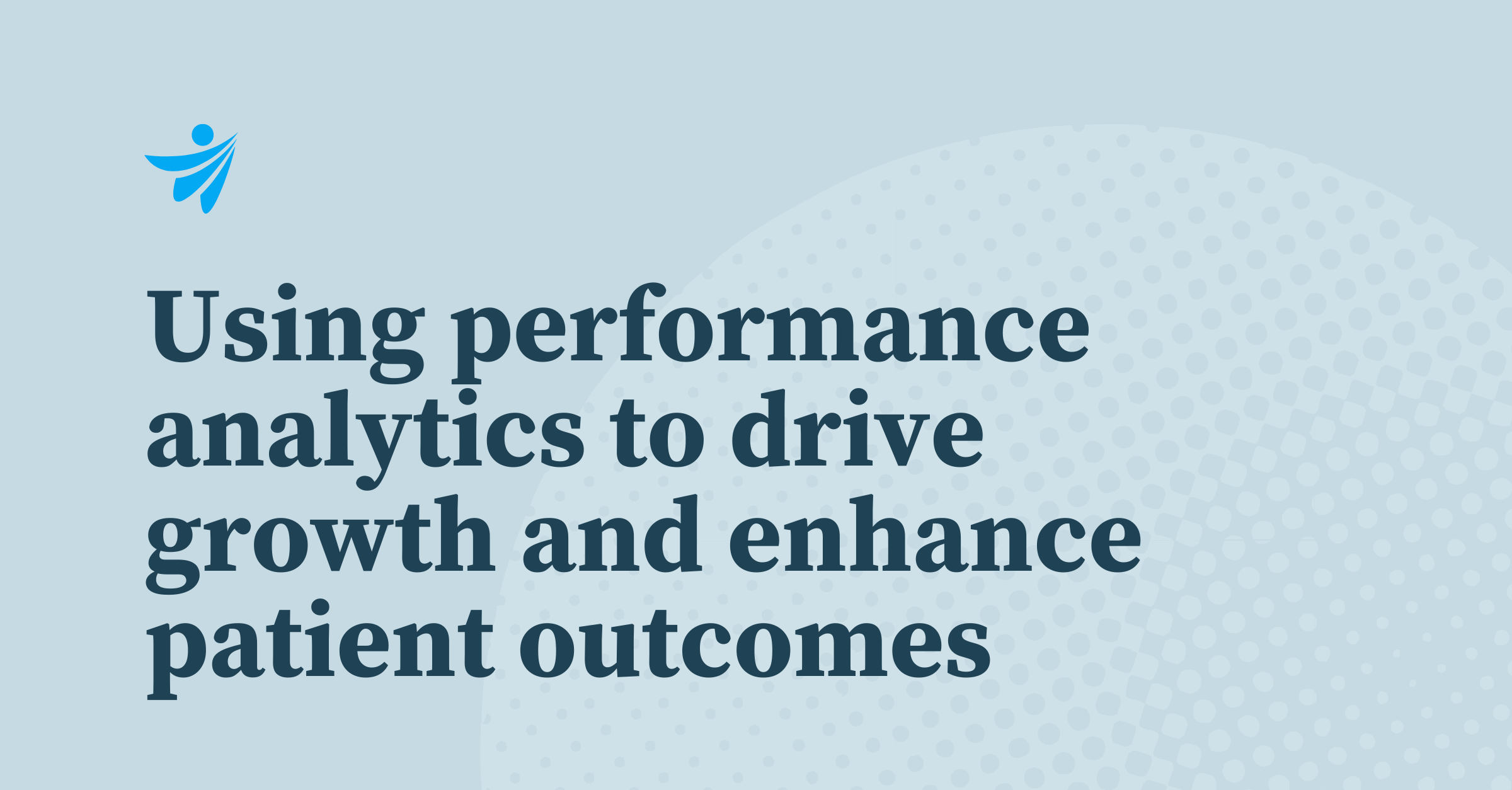
Insights for Providers
Jul 19, 2024
Insights for Providers | October 20, 2023
Clarify Health was honored to speak with physician liaisons in the Midwest who recently came together for the American Association of Physician Liaisons (AAPL) regional networking meeting. Clarify led a session titled “Best Practices for Applying Data to Drive More Effective Outreach,” designed to help liaisons and business development team members build a greater understanding of the datasets they have available to them and how to best leverage them in their day-to-day. Attendees learned how to: To understand how to use the data, we must first understand where it comes from and what it is comprised of. The presentation covered the three types of data available to health systems and the pros and cons of each: internal data, external claims, and qualitative data. Internally available data is ubiquitous and often fairly comprehensive. EHR and PMS data sources will likely be the source of truth for physician activity, including referrals to other clinicians in the system as well as referrals from within the system to out-of-network providers. However, data hygiene is an issue with these data sources, as they are only as accurate and complete as the data recorded in the systems. Similarly, provider rosters are also subject to these constraints, although the importance of making the effort to ensure all rosters are accurate and up to date cannot be understated. Hospital association data, or state data, can be grouped with internal sources because almost every hospital or health system will have access to it, and it provides a great source of information about the competitive dynamics in a market. That said, the downside to state data is that it is less robust for outpatient facilities and does not uncover provider-to-provider referrals. A key benefit of claims data is that it’s very good at answering what happened, where referrals went, and who was responsible for driving the activity. Clarify suggested that it is essential to understand the types of business questions that are best suited to be answered by claims data. For example, claims data is not ideal if you’re looking to understand “why” something happened. This is where qualitative data is most useful. Liaison documentation is the best source of qualitative market data. Insights found in the documentation are essential to both understanding the market and gut-checking data. A key takeaway from the session was to ensure that visit notes are appropriately documented and that the organization has sufficient architecture in place to collect and socialize these insights. Without this, the health system may lose the opportunity to stay informed and competitive. Combining data allows for greater insight than what is available from any one dataset and creates a more complete picture of the market from which to build decision-making frameworks. To effectively assimilate different data types, there are three important considerations: Sometimes, the data won’t agree. If that occurs, check to ensure consistent definitions or data structures, consistencies in the filters, and fields included in derivative reports. Is the data coverage the same? Or is one source more comprehensive? You can then determine if you selected the right types of data for your business questions. Most data needs for physician liaisons can be summarized by asking, “who,” “what,” and “how?”. For example, who should I speak with? What should I talk to them about? How should I tailor my messaging or approach to increase success? The first two questions are best answered with internal and 3rd party claims data, but the last question is likely best informed by experience and the qualitative data gathered in a physician relationship management (PRM) tool. Another best practice would be to avoid confronting providers with negative data. Always take a collaborative approach. Clinicians are trained to review data and are naturally skeptical of data that doesn’t align with their practice. Directional information is often not enough for them. To overcome this, use the insights available to inform the types of questions and topics you want to address. For example, if one physician is sending all cardiology referrals out-of-network, approach the conversation by focusing on the barriers to referring patients within network. If the focus is on solving problems, the conversation will likely be more positive, and data can then be used to support solutions. We thank AAPL for allowing us to share insights during the networking meeting and look forward to the next conference!
Assessing relevant data types for physician liaisons
Combining multiple data sources for greater insight
Best practices for leveraging data-driven outreach and messaging